Men vs. Women: Our Key Physical Differences Explained
Introduction
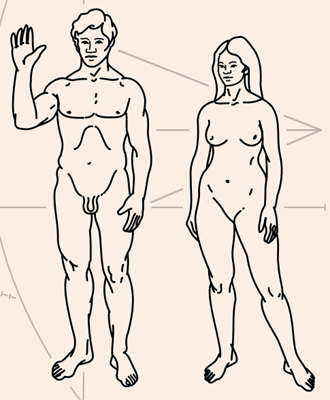
"Sexual dimorphism" is the scientific term for physical differences between males and females of a species. Many extreme examples exist: Peacocks far outclass peahens, for instance, while female anglerfish both outsize and outwit their tiny, rudimentary, parasitic male counterparts.
Unlike those animals, men and women are more physically similar than we are different. Nonetheless, there are a few key distinctions in our physiques. Some of them are designed to suit each sex for the role it plays in reproduction, while others exist to help us tell each other apart and to aid in our mutual attraction.
Breasts vs. chests
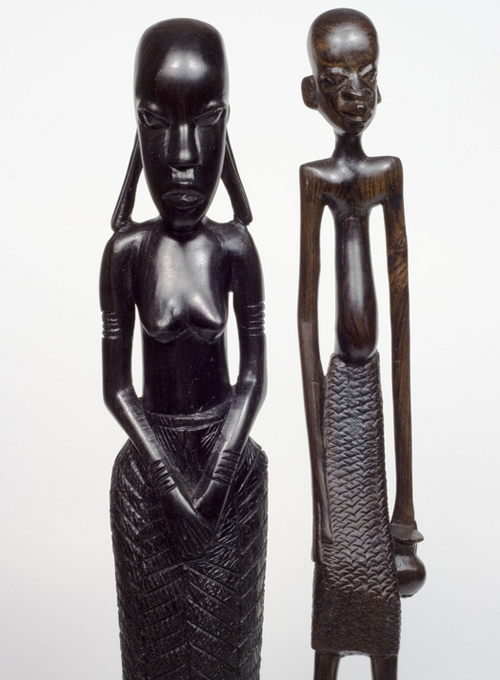
Women have breasts, whereas men have flat chests (but still with nipples on them). Why?
Women are the only primates who are busty all the time, even when they aren't nursing. Alternative theories exist, but most scientists think breasts are an evolutionary trick for snagging men; though they're actually filled with fat, not milk, they signal a woman's bountiful ability to feed her children.
Breasts also help men figure out who to pursue to achieve reproductive success. Prepubescent girls don't have breasts, and the breasts of post-menopausal women are often shrunken and saggy . A full, buoyant bosom can therefore demonstrate fertility.
Men aren't trying to trick women into thinking they can breastfeed, so they don't have breasts. They do, however, have nipples: This is because the genes that code for nipple development switch on in utero, and at a very early embryonic stage even before the genes gear up that turn us into males or females.
Big apple vs. small

Men and women both have cartilage surrounding their voice boxes, but because men have bigger boxes (which give them deeper voices), their chunks of cartilage protrude more. This gives them neck lumps called Adam's apples.
Get the world’s most fascinating discoveries delivered straight to your inbox.
But why do men have deeper voices than women? The answer is that the pitch of a man's voice correlates with the amount of the male sex hormone testosterone he has, and his testosterone level is itself indicative of his genetic quality and sexual fitness. Because women have evolved to seek out men who have all the indicators of fitness and health, studies have shown time and time again that women tend to be more attracted to men with lower-pitched voices. They're looking for a mate with whom to produce healthy offspring.
Square vs. heart-shaped faces
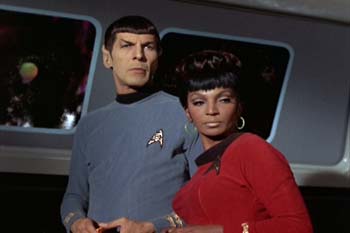
The more testosterone a man has, the stronger his brow, cheekbones and jaw line. Meanwhile, the more estrogen a woman has, the wider her face, fuller her lips and the higher her eyebrows. In short, sex hormones control the divergence of male and female facial features.
Along with chiseled jaws, higher testosterone has been shown to correlate with muscle strength and aggression in men, as well as with genetic vigor. Perhaps for this reason, studies have shown that women judge men with more angular features as likely to be dominant over men with rounder, more effeminate faces.
They also tend to rate men with masculine features as more attractive, especially when they themselves are ovulating and, thus (at least subconsciously) on the lookout for a male sex partner who'll produce fit offspring. When they're looking for a long-term partner, on the other hand, studies show that women tend to prefer men with more effeminate features, who have less testosterone and are likely to be more loyal partners and caring fathers. [How Women Pick Mates vs. Flings]
Hairy vs. not
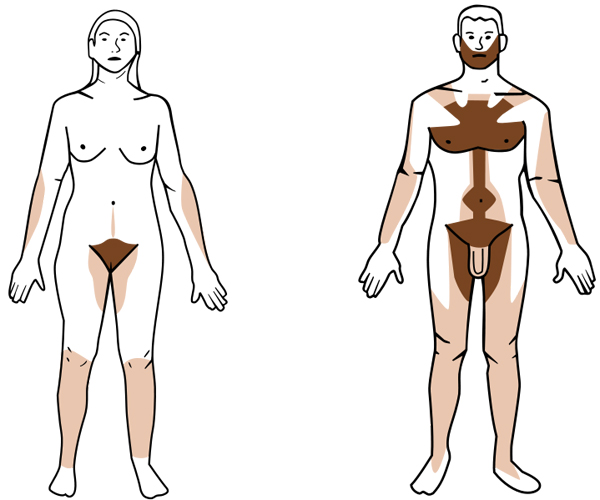
From puberty on, men grow much more hair on their bodies and especially their faces than women. This is because sex hormones called androgens stimulate hair growth, and men have more of those hormones.
But what determines the pattern of male hair growth? And in particular, why do men have beards ?
Most evolutionary psychologists believe beards became prevalent because, for most of our evolutionary past, women found men with facial hair more attractive than men without it, and thus were more likely to mate with bearded men. This attraction could arise because beards not only signal high testosterone levels, they also signify sexual maturity (in much the same way as breasts on women), as well as possibly signifying dominance by increasing the perceived size of a man's jaws.
On the flip side, the same testosterone that sprouts hair all over men's bodies also leads them to go bald later in life.
Fair vs. swarthy
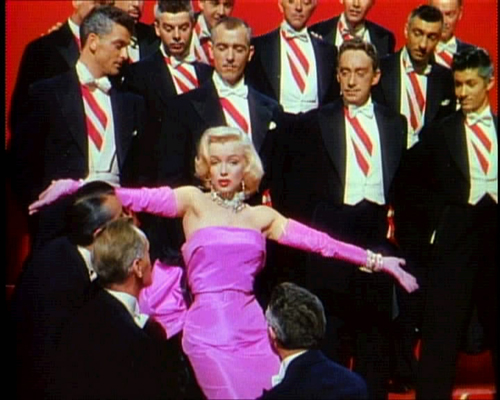
Handsome men are often depicted as dark, while beautiful women are stereotyped as blond and fair-skinned. These stereotypes are not limited to Anglo-European cultures, as one might imagine. In the forward of a 2005 book on the subject, "Fair Women, Dark Men" by Peter Frost, University of Washington sociologist Pierre van den Berghe wrote, "Although virtually all cultures express a marked preference for fair female skin, even those with little or no exposure to European imperialism, and even those whose members are heavily pigmented, many are indifferent to male pigmentation or even prefer men to be darker."
These widespread preferences may reflect the fact that, from puberty on (and in all populations), women tend to have lighter skin, hair and eyes than men do, and so opinions about the "ideal" coloring for each gender may reflect pigmentations that are inherently more masculine and more feminine.
The lightness of a woman's skin correlates with the ratio of the lengths of her index and ring fingers, and her digit ratio in turn correlates with how much estrogen she was exposed to in the womb. For this reason, scientists believe it is exposure to estrogen before birth that somehow "programs" the lightening of female skin during puberty. Similarly, studies have also found that digit ratios are higher among blond people than dark-haired ones, suggesting that higher estrogen exposure also lightens hair.
Muscular vs. curvy
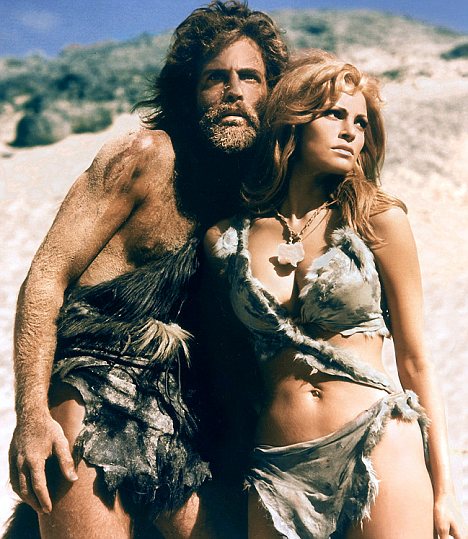
Men are, in general, more muscular than women. Women are just over half as strong as men in their upper bodies, and about two-thirds as strong in their lower bodies. [What's the Strongest Muscle In the Human Body? ]
While the male metabolism burns calories faster, the female metabolism tends to convert more food to fat. Women store the extra fat in their breasts, hips, buttocks, and as subcutaneous fat in the bottom layer of their skin giving a woman's skin its softer, plumper feel.
Male and female bodies are well-designed for each gender's role in a primitive society. Women are built for carrying and birthing children, and must have wider hips and keep extra fat in store for the ordeal of pregnancy. Men, free from the requirements of childbirth, benefit from being as strong and lithe as possible, both in their search for food, and when in competition with other men.
Natalie Wolchover was a staff writer for Live Science from 2010 to 2012 and is currently a senior physics writer and editor for Quanta Magazine. She holds a bachelor's degree in physics from Tufts University and has studied physics at the University of California, Berkeley. Along with the staff of Quanta, Wolchover won the 2022 Pulitzer Prize for explanatory writing for her work on the building of the James Webb Space Telescope. Her work has also appeared in the The Best American Science and Nature Writing and The Best Writing on Mathematics, Nature, The New Yorker and Popular Science. She was the 2016 winner of the Evert Clark/Seth Payne Award, an annual prize for young science journalists, as well as the winner of the 2017 Science Communication Award for the American Institute of Physics.



